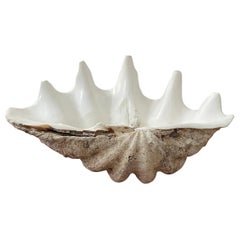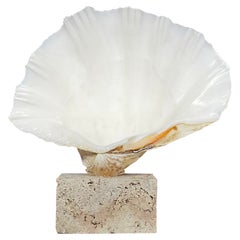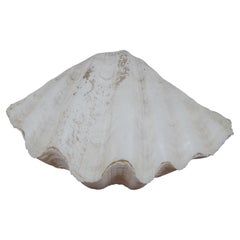Items Similar to Group of fossil shell scallops, France, Burdigalien era, -20millions Years
Want more images or videos?
Request additional images or videos from the seller
1 of 7
Group of fossil shell scallops, France, Burdigalien era, -20millions Years
$3,458.47
£2,569.07
€2,890
CA$4,771.20
A$5,244.86
CHF 2,756.46
MX$63,691.76
NOK 34,386.15
SEK 32,578.46
DKK 22,000.18
About the Item
This unique fossil piece of scallops (also called Saint Jacques shells, or scientifically : gigantopecten restitutensis) is from around 20 millions years ago. It was found in the south of france in Lacoste, Luberon, and prepared in our workshop in Marseille.
On wooden stand, and can be removed easily from it. We put felt under the piece so it won't scratch the stand or any place you would put it on.
The matrix is in limestone, and the shells in a mix of silica and limestone.
- Dimensions:Height: 16.54 in (42 cm)Width: 18.51 in (47 cm)Depth: 8.67 in (22 cm)
- Materials and Techniques:
- Place of Origin:
- Period:
- Date of Manufacture:2024
- Production Type:New & Custom(One of a Kind)
- Estimated Production Time:Available Now
- Condition:
- Seller Location:MARSEILLE, FR
- Reference Number:1stDibs: LU9989242229112
About the Seller
4.0
Vetted Professional Seller
Every seller passes strict standards for authenticity and reliability
1stDibs seller since 2024
- ShippingRetrieving quote...Shipping from: MARSEILLE, France
- Return Policy
Authenticity Guarantee
In the unlikely event there’s an issue with an item’s authenticity, contact us within 1 year for a full refund. DetailsMoney-Back Guarantee
If your item is not as described, is damaged in transit, or does not arrive, contact us within 7 days for a full refund. Details24-Hour Cancellation
You have a 24-hour grace period in which to reconsider your purchase, with no questions asked.Vetted Professional Sellers
Our world-class sellers must adhere to strict standards for service and quality, maintaining the integrity of our listings.Price-Match Guarantee
If you find that a seller listed the same item for a lower price elsewhere, we’ll match it.Trusted Global Delivery
Our best-in-class carrier network provides specialized shipping options worldwide, including custom delivery.More From This Seller
View AllNatural fossil of pecten shell / scallop, on custom wooden stand
Located in MARSEILLE, FR
This piece of fossil shell, named "pecten" or scallop, was found in Lubéron, south of france, and prepaired in our workshop in Marseille.
It is around 20 millions years old, from Mi...
Category
21st Century and Contemporary French Natural Specimens
Materials
Limestone
Fossils scallops and oyster (gigantic pecten restitutensis) on wooden stand
Located in MARSEILLE, FR
Aesthetic combination of scallops shell fossils, called gigantopecten restitutensis, and an oyster, this is a nice collection and decoration piece on its black wooden stand. It can b...
Category
2010s French Natural Specimens
Materials
Limestone
Natural fossil of pecten shell, on wooden stand and brass stick
Located in MARSEILLE, FR
This piece of fossil shell, named "pecten" or scallop, was found in Lubéron, south of france, and prepaired in our workshop in Marseille.
It is around 20 millions years old, from Mi...
Category
2010s French Natural Specimens
Materials
Limestone
Natural fossil of Giganto pecten / scallop shell and chlamys in lacquered frame
Located in MARSEILLE, FR
This authentic natural fossil display is a very nice and uncommon piece, by its shape and arrangement.
The big one is a Gigantopecten Restitutensis, an...
Category
2010s Decorative Art
Materials
Stone, Limestone
Rare Urchins fossils from France, 2sp tripnust & spatangus. On gold leafed stand
Located in MARSEILLE, FR
This combination of fossil urchins is quite uncommon. The lone one on the top is named Spatangus Ovatus, and the other sp. is named Tripnuste.
They are foun...
Category
2010s French Natural Specimens
Materials
Stone, Limestone
Ammonite Fossil : Kranaosphinctes, from Madagascar
Located in MARSEILLE, FR
This fossil ammonite specimen, named Kranaosphinctes, is from Madagascar.
It is a little one (36cm diameter, knowing it can go wider than 50cm).
They were found alive during the cr...
Category
2010s Malagasy Natural Specimens
Materials
Stone
You May Also Like
Lattissima Pecten Shell Slab Wall Feature 700mm [RARE & Exquisite]
Located in Scorton, GB
A genuinely extraordinary Pecten latissimus fossil shell mortality bedrock plate, expertly prepared by Benjamin Allison and prepared for wall display. This remarkable specimen measur...
Category
Antique 15th Century and Earlier French Prehistoric Natural Specimens
Materials
Limestone
Gigas Tridacna Large Shell
Located in Winnetka, IL
This is a wonderful Gigas Tridacna (clam) shell.
It has a wonderful intact shape with a very white interior
This shell came from an estate that had in its collection for many years.
Category
Early 20th Century North American Natural Specimens
Materials
Shell
Natural Clamshell Mounted on a Natural Coral Base
By Joseph Malekan
Located in Delray Beach, FL
Beautiful natural clamshell with cream color patina, professionally clean and mounted on original natural coral base, some crystal quartz accents. Great nat...
Category
20th Century American Natural Specimens
Materials
Coral
Natural Matching Pair Whole Complete Giant Clam Sea Shell Tridacna Gugas 10"
Located in Dayton, OH
Beautiful complete natural specimen, Tridacna Gigantas / Giant Clam shell / fossil featuring matching top and bottom halves. White in color. Seven folds. N...
Category
Late 20th Century Nautical Objects
Materials
Shell
$940 Sale Price
20% Off
Mid Century Coastal Modern Large and Realistic Faux Seashell Sculpture
Located in Philadelphia, PA
A large scale cast faux seashell sculpture from the early 1970's. Very realistic and a coastal decorators dream.
Category
Vintage 1970s American Hollywood Regency Natural Specimens
Materials
Plaster
Impressive Cast Concrete Clam shell Planter or Sculpture , sold individually
Located in Wichita, KS
Cast Concrete large and impressive scale clam shell. These beautiful planters Can also be used as fountains or possibly concrete sinks.
Dimensions ...
Category
Vintage 1970s American Organic Modern Natural Specimens
Materials
Concrete
$1,224 Sale Price / item
20% Off
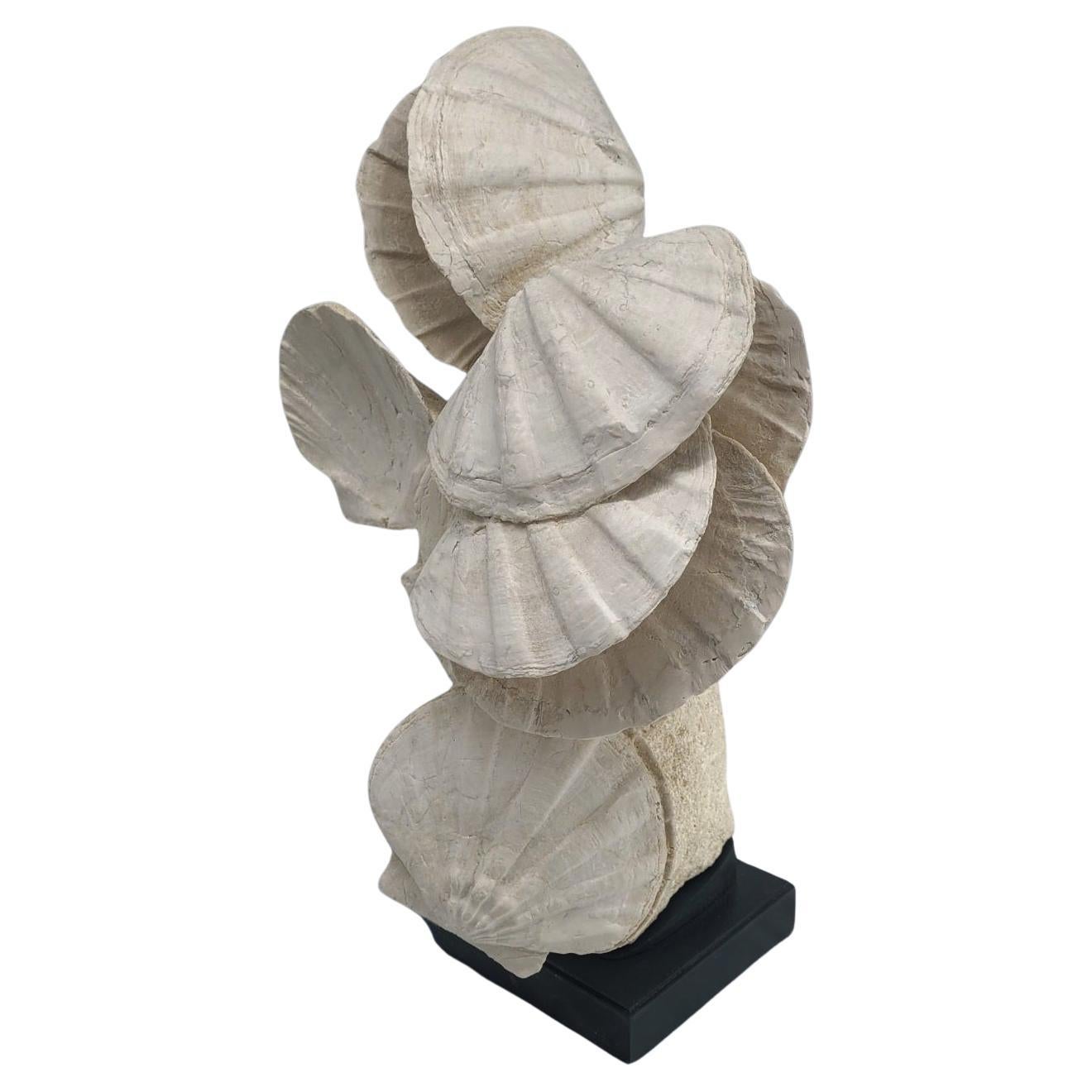
![Lattissima Pecten Shell Slab Wall Feature 700mm [RARE & Exquisite]](https://a.1stdibscdn.com/lattissima-pecten-shell-slab-wall-feature-700mm-rare-exquisite-for-sale/1121189/f_425101621732948910739/42510162_datamatics.jpg)
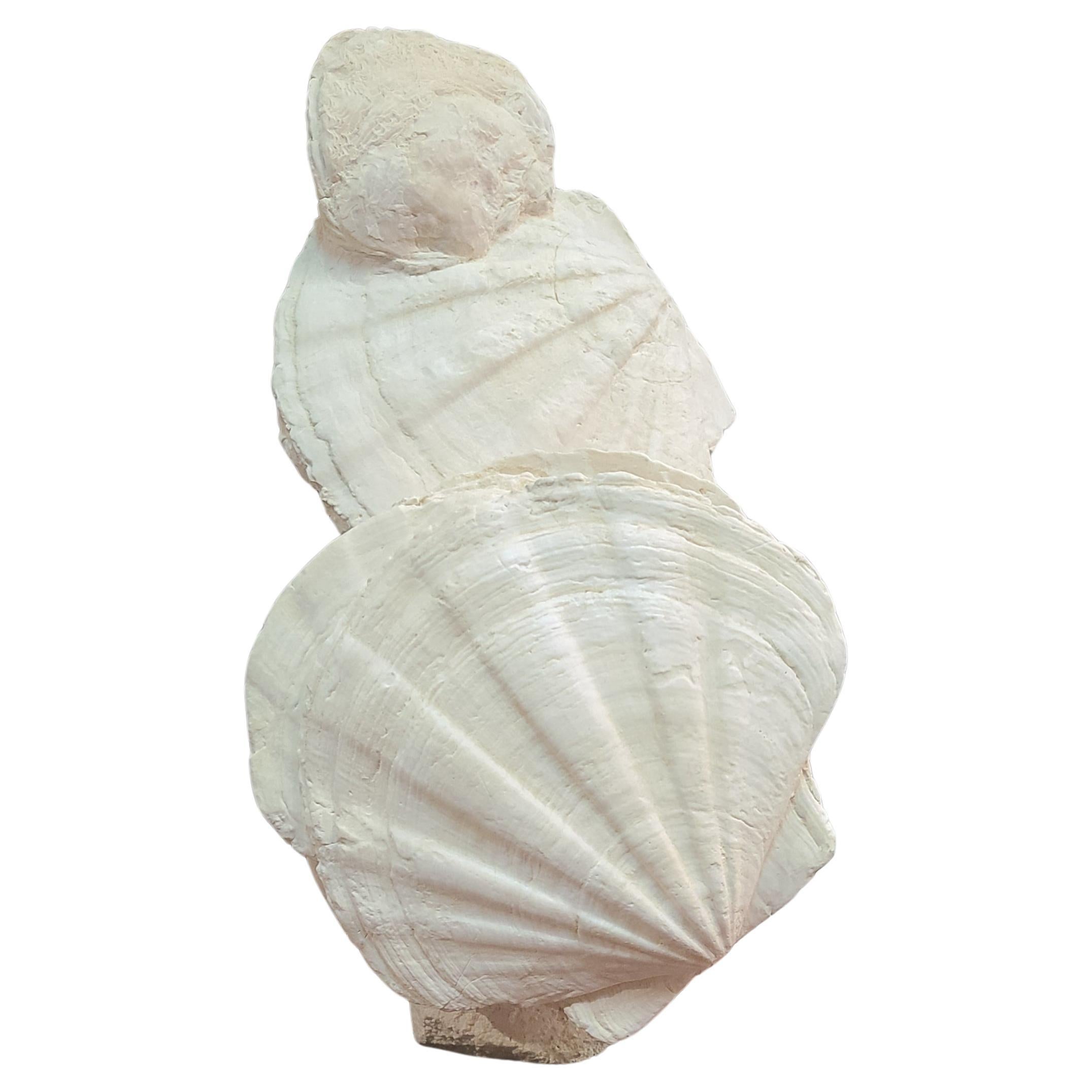
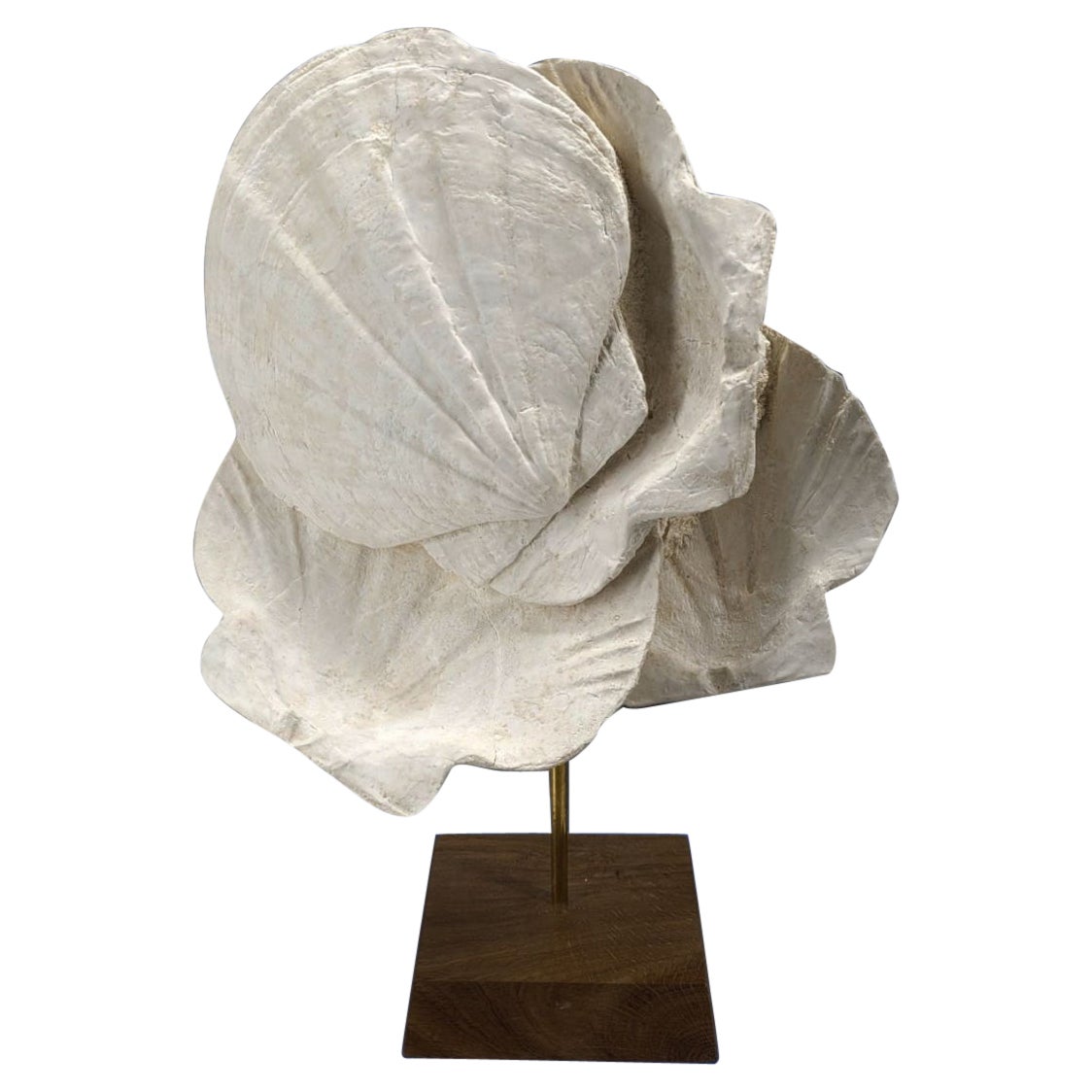
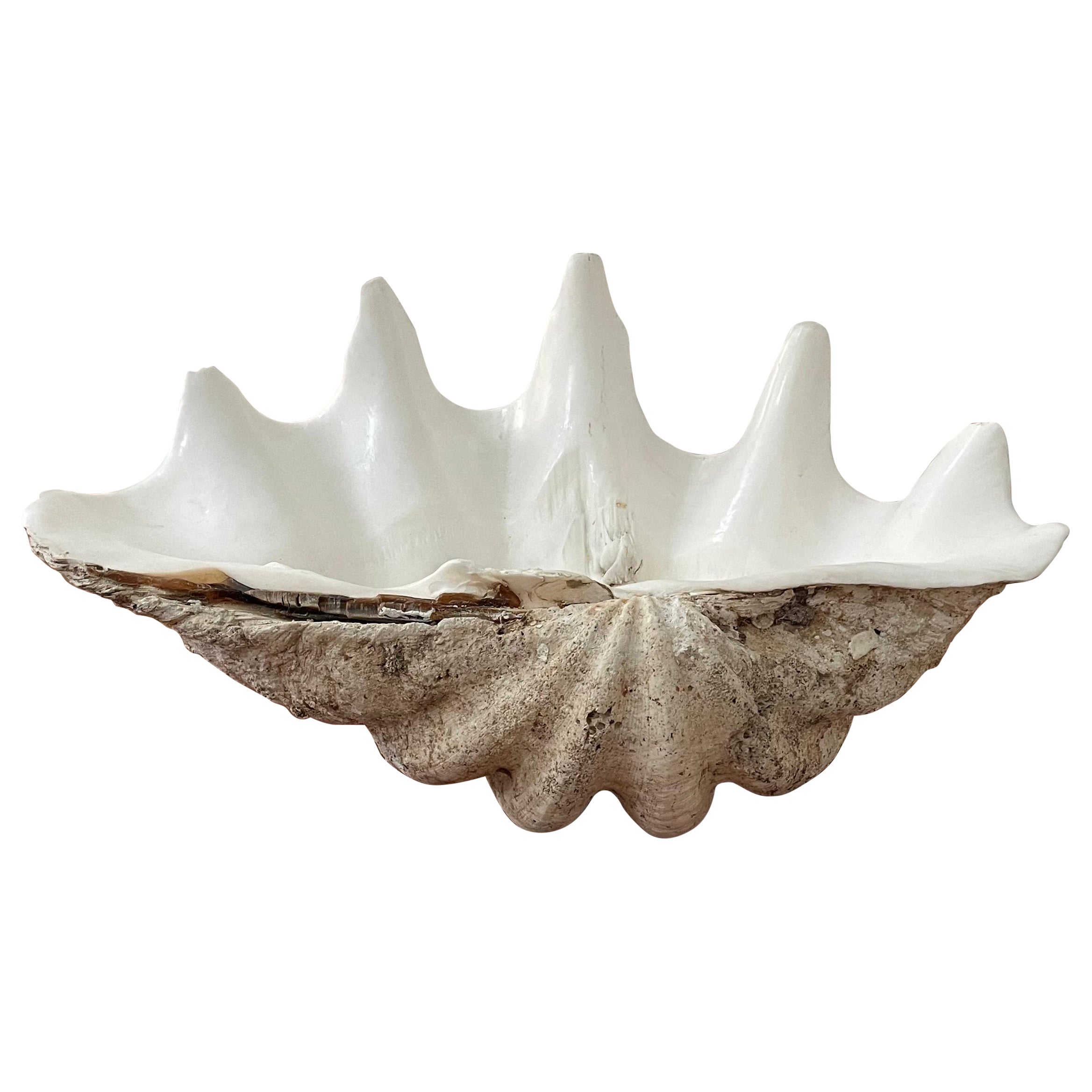
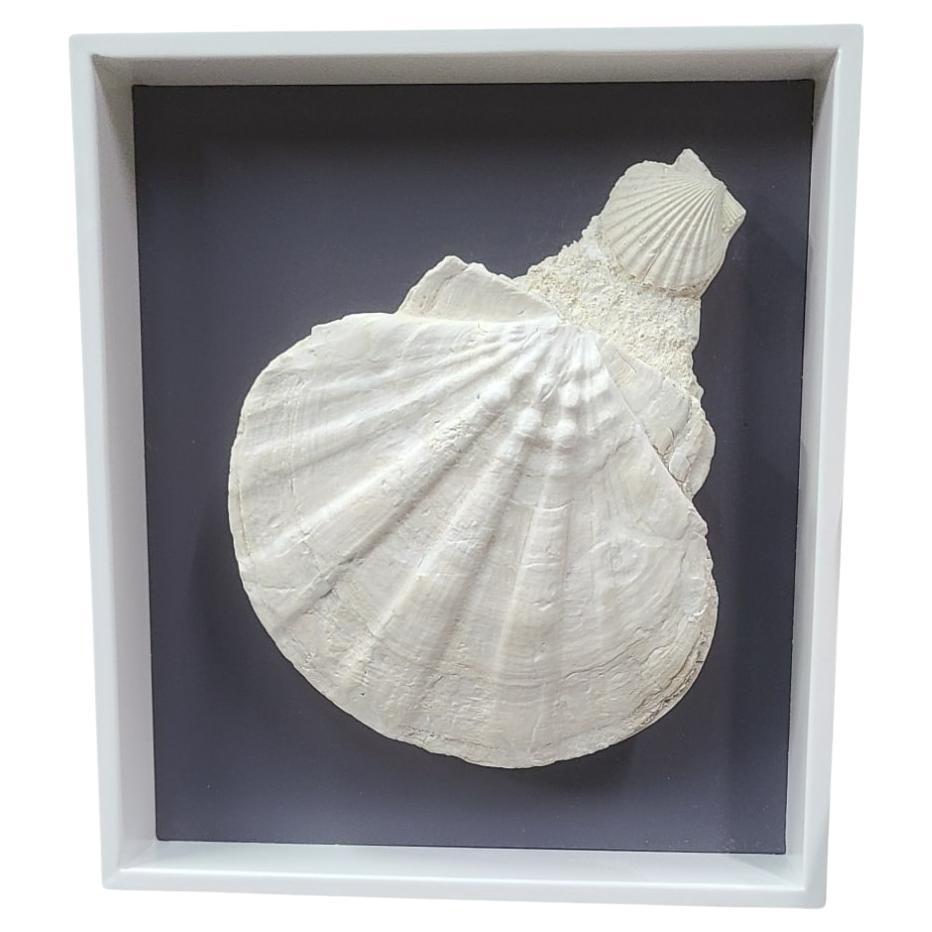
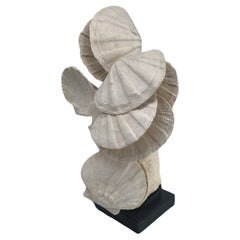
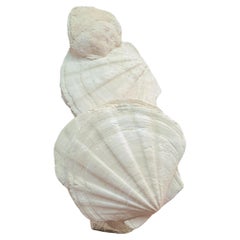
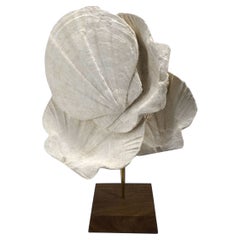
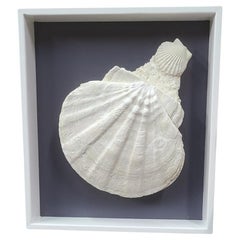
![Lattissima Pecten Shell Slab Wall Feature 700mm [RARE & Exquisite]](https://a.1stdibscdn.com/lattissima-pecten-shell-slab-wall-feature-700mm-rare-exquisite-for-sale/1121189/f_425101621732948910739/42510162_datamatics.jpg?width=240)
